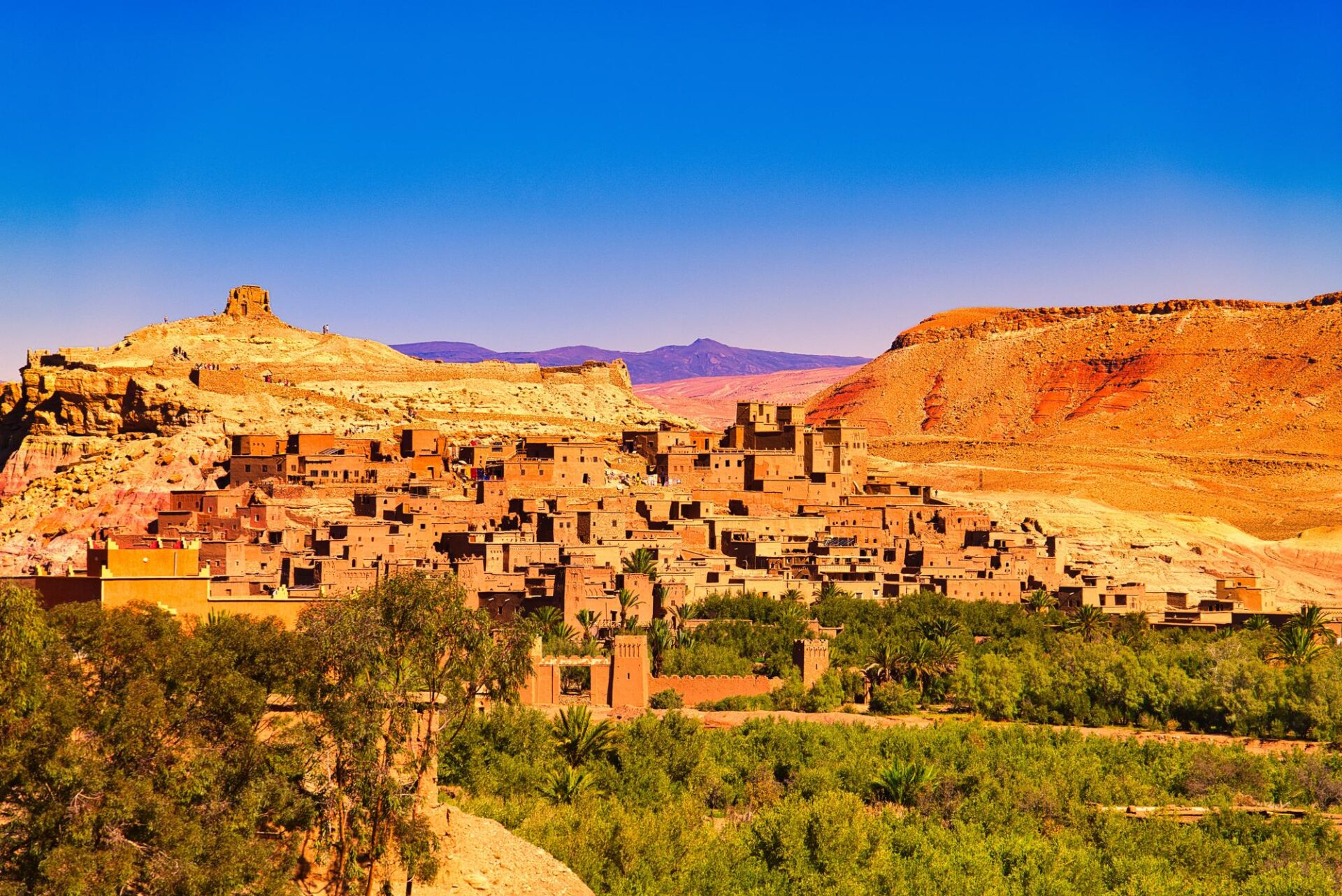Morocco Culture: A Fascinating Guide for Tourists
Morocco is a land of contrasts, where ancient traditions blend seamlessly with modern influences. From the bustling souks of Marrakech to the serene blue streets of Chefchaouen, every corner of the country tells a story. The rich history, diverse landscapes, and deep-rooted cultural heritage make it a destination unlike any other. Visitors are drawn to the warmth of Moroccan hospitality, the intricate craftsmanship of local artisans, and the tantalizing flavors of traditional cuisine. Whether you are exploring the labyrinthine medinas, relaxing in a traditional hammam, or witnessing the rhythmic beats of Gnaoua music, Morocco culture offers an unforgettable experience.
This guide takes you through the most fascinating aspects of Morocco culture, providing insights and practical tips for travelers looking to immerse themselves in the country’s unique traditions.
Questions? Chat with us now on WhatsApp for a quick response!
1. The Warmth of Moroccan Hospitality: A Deeply Rooted Tradition
Hospitality is at the heart of Morocco culture. It is considered a duty and an honor to welcome guests with generosity and kindness. Whether visiting a local home or entering a traditional riad, travelers are often greeted with a tray of mint tea, a symbol of warmth and respect.
Moroccans take pride in making visitors feel at home. This extends beyond formal settings—shopkeepers, street vendors, and even strangers in rural villages often offer assistance or engage in friendly conversation. Refusing an invitation to tea can sometimes be seen as impolite, so taking part in the ritual is an essential way to connect with locals.
Tips for Travelers:
- Accepting tea is a sign of appreciation and respect. Take your time and enjoy the ritual.
- If invited to a Moroccan home, bringing a small gift such as pastries or fruit is a thoughtful gesture.
- Greetings are important. A handshake or a light kiss on the cheeks is common among friends and acquaintances.
2. Moroccan Architecture: A Blend of History and Artistry
Moroccan architecture reflects the country’s diverse history, influenced by Berber, Arab, Andalusian, and French colonial styles. Intricate tilework, carved wooden ceilings, and majestic arches define many of the historical sites.
Some of the most breathtaking architectural wonders include:
- The Bahia Palace (Marrakech): A masterpiece of Moroccan craftsmanship, showcasing intricate stucco work, cedarwood ceilings, and vibrant mosaic tiles.
- The Hassan II Mosque (Casablanca): One of the largest mosques in the world, featuring an impressive oceanfront setting and a towering minaret.
- Aït Benhaddou (Ouarzazate): A UNESCO-listed kasbah and an ancient desert fortress, famously used as a backdrop in films like Gladiator.
- The Medersa Bou Inania (Fez): A stunning example of Marinid-era Islamic architecture, known for its elaborate zellige tilework and serene courtyards.
Tips for Travelers:
- Many religious sites, including mosques, are not open to non-Muslims, but guided tours are available for some, like the Hassan II Mosque.
- Visiting historical sites early in the morning allows for better photographs and fewer crowds.
- Hiring a local guide provides a deeper understanding of architectural significance and hidden details.
3. Moroccan Cuisine: A Feast of Flavors
Moroccan cuisine is a fusion of Berber, Arabic, Mediterranean, and French influences, resulting in rich, aromatic dishes that are both flavorful and diverse. Meals are often a communal experience, with families gathering around large platters to share food.
Traditional Dishes to Try:
- Tagine: A slow-cooked stew, often made with lamb, chicken, or vegetables, infused with a blend of spices such as saffron, cumin, and cinnamon.
- Couscous: Typically served on Fridays, this dish consists of steamed semolina grains topped with meat and vegetables.
- Pastilla: A savory-sweet pastry filled with pigeon or chicken, almonds, and cinnamon, wrapped in layers of flaky dough.
- Harira: A hearty tomato-based soup with lentils, chickpeas, and spices, commonly eaten during Ramadan.
- Mechoui: Slow-roasted lamb, often enjoyed during celebrations and special gatherings.
Where to Eat:
- Fine Dining: Dar Moha (Marrakech), La Maison Arabe (Marrakech), Le Riad Monceau (Marrakech).
- Traditional Local Spots: Café Clock (Fez & Marrakech), Nomad (Marrakech), Riad Rcif (Fez).
- Street Food Must-Try: Grilled brochettes, snail soup, and sfenj (Moroccan doughnuts) at Jemaa el-Fnaa Square.
Tips for Travelers:
- Street food is generally safe, but choosing stalls with high customer turnover ensures freshness.
- Many Moroccan dishes are slow-cooked, so expect longer meal times in traditional restaurants.
- Eating with your right hand is customary, especially when sharing communal dishes.
4. Moroccan Souks: The Ultimate Shopping Experience
Morocco’s markets, or souks, are a sensory overload of colors, scents, and sounds. These bustling marketplaces are filled with handcrafted goods, from leather bags and Berber rugs to lanterns and ceramics.
Best Souks to Visit:
- Marrakech’s Medina: Famous for its maze-like alleys packed with spices, textiles, and traditional Moroccan slippers (babouches).
- Fez’s Tanneries: Home to centuries-old leather-making traditions, offering high-quality handbags, jackets, and wallets.
- Essaouira’s Artisan Markets: A quieter alternative, known for its woodwork, jewelry, and paintings.
Shopping Tips:
- Bargaining is expected. Start at half the asking price and negotiate respectfully.
- Check for authenticity when buying items like argan oil and saffron.
- Keep small change for purchases, as vendors may not always have change for large bills.
5. The Moroccan Hammam Experience: A Ritual of Relaxation
Hammams, or traditional bathhouses, are an essential part of Moroccan culture. They offer a deep cleansing ritual that leaves visitors feeling refreshed and rejuvenated.
Hammam Process:
- Steam Room: Opens the pores and prepares the skin for exfoliation.
- Black Soap Application: A natural olive-based soap that softens the skin.
- Kessa Scrub: A vigorous scrub that removes dead skin.
- Final Rinse & Relaxation: Often followed by an application of argan oil.
Best Hammams to Visit:
- Luxury: La Mamounia Spa (Marrakech), Royal Mansour Spa (Marrakech).
- Traditional: Hammam Mouassine (Marrakech), Hammam de la Rose (Fez).
Tips for Travelers:
- Bring a swimsuit if visiting a mixed-gender hammam.
- Luxury hammams provide disposable underwear, while local ones may require bringing your own.
- Opt for a guided hammam experience if unfamiliar with the process.
Final Travel Tips for a Deep Dive into Morocco Culture
- Dress modestly, especially in rural areas and religious sites.
- Learn basic Arabic or French phrases to enhance interactions with locals.
- Carry cash, as many small vendors and markets do not accept credit cards.
- Be mindful of photography restrictions in some locations, especially religious sites.
Morocco culture is a blend of history, art, and tradition, offering travelers an unforgettable journey. Whether indulging in flavorful cuisine, admiring architectural wonders, or experiencing age-old customs, every moment in Morocco is a discovery waiting to unfold.
Our team is here to assist you. Contact us on WhatsApp for more information.



